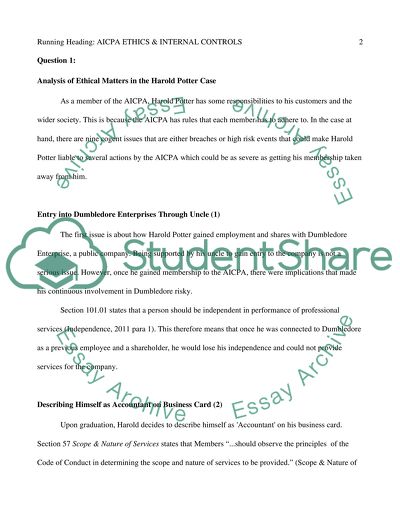Cite this document
(“AICPA Ethics & COSO Framework for Internal Controls Essay”, n.d.)
AICPA Ethics & COSO Framework for Internal Controls Essay. Retrieved from https://studentshare.org/finance-accounting/1437489-accounting-ethics-project
AICPA Ethics & COSO Framework for Internal Controls Essay. Retrieved from https://studentshare.org/finance-accounting/1437489-accounting-ethics-project
(AICPA Ethics & COSO Framework for Internal Controls Essay)
AICPA Ethics & COSO Framework for Internal Controls Essay. https://studentshare.org/finance-accounting/1437489-accounting-ethics-project.
AICPA Ethics & COSO Framework for Internal Controls Essay. https://studentshare.org/finance-accounting/1437489-accounting-ethics-project.
“AICPA Ethics & COSO Framework for Internal Controls Essay”, n.d. https://studentshare.org/finance-accounting/1437489-accounting-ethics-project.


